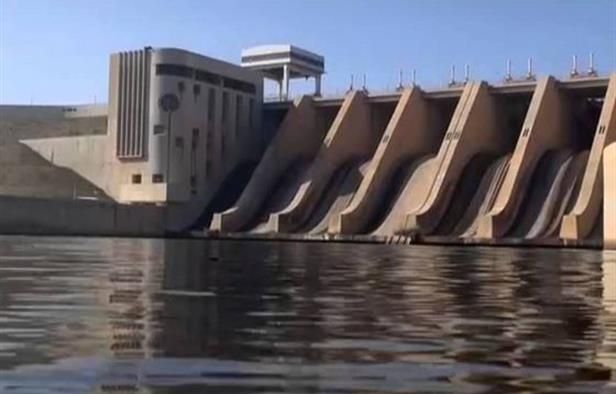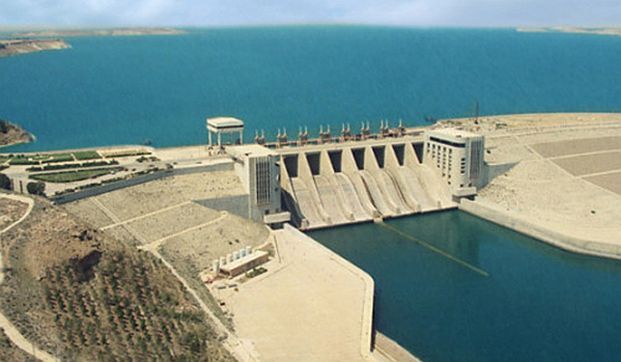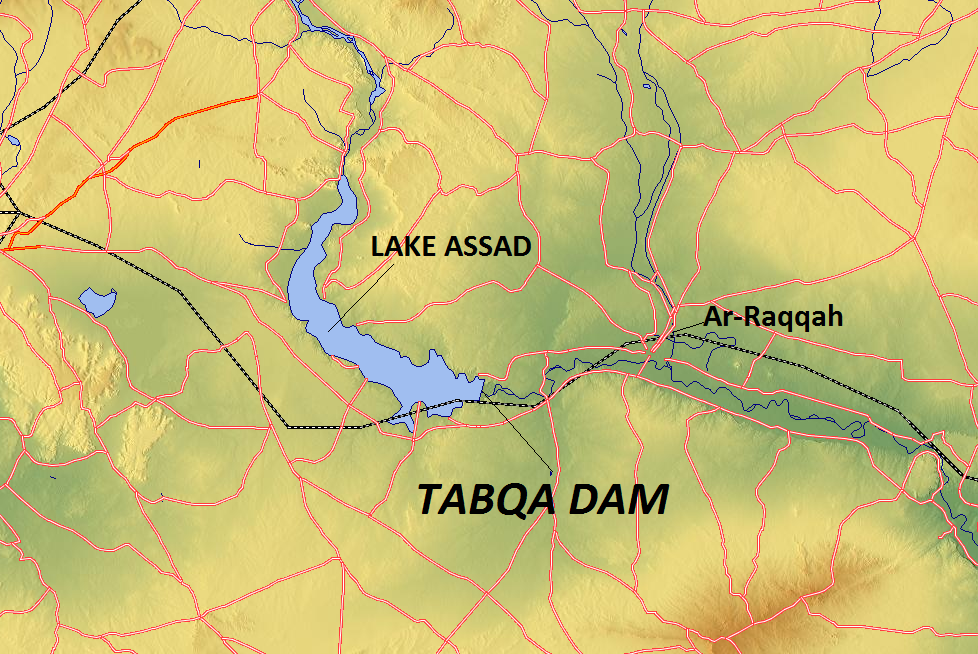
Islamic State militants are sheltering their senior officials and high-value prisoners at Syria’s biggest dam by Lake Assad on the Euphrates, believing that U.S. forces will not go near them in fear of unleashing a giant flood that could potentially kill thousands.
High-value prisoners and senior Islamic State officials are being held at the Tabqa Dam, safe in the knowledge that there are no ground troops capable of dislodging them before they unleash a deluge that could “mean that there’s no electricity for all of eastern Syria”, according to Virginia Tech associate professor Ariel Ahram.
According to professor Ahram, who is an expert on security and development on Middle Eastern dams: “That’s an ecological disaster for Iraq and a humanitarian catastrophe for Syria.”

BYPASS THE CENSORS
Sign up to get unfiltered news delivered straight to your inbox.
You can unsubscribe any time. By subscribing you agree to our Terms of Use
The Australian reports:
The Tabqa Dam is 40km west of Raqqa, Islamic State’s Syrian headquarters, and has been under the group’s control since 2013.
Created with Russian help in the 1970s, it controls the flow of the Euphrates River into southeastern Syria and northern Iraq. The construction of the dam, 60m tall and roughly 5km long, created Lake Assad, which is about 80km long and Syria’s largest water reservoir.
Dams in arid regions of Iraq and Syria represent power. At least 11 major dams control the flow of the Euphrates in Turkey, Syria and Iraq, many of them supporting irrigation and producing energy for areas that would likely remain unpopulated otherwise.
They can also be deployed to nefarious ends. Islamic State militants recently limited the flow of water from the Tabqa Dam, shutting off access to water by Iraqis in Anbar province, according to the US State Department.
The dam is surrounded by checkpoints, heavily guarded by foreign-born fighters, and strictly off-limits to non-military personnel, said an official at Sound and Picture, an umbrella group of anti-Islamic State activists in Syria.
“They keep very important prisoners there,” the activist said, especially those they want to hide from the US and other governments, as they consider it difficult for foreign intelligence agencies to learn who is being held at the dam.
US officials are aware of Islamic State’s operations at the dam and are concerned both about the maintenance of the facility and its use as a base of operations, sources said.
Some Middle East analysts and US officials fear the group could detonate a dam if it felt its power was slipping.
“Of course you worry,” said Aaron Wolf, an Oregon State University specialist in water resources policy, conflict resolution and Middle East geopolitics.
“These aren’t the people you want controlling basically the arteries of the region.”
Islamic State, cognisant of the perceived restraints on US bombing missions, has long positioned senior leaders in places it believes to be off-limits for an air strike, including dams.
A US official said that the group stationed senior leaders at Iraq’s Mosul Dam on the Tigris River before Iraqi and Kurdish forces wrested the structure back in August 2014.
US warplanes dropped more than a dozen bombs that month to help Iraqis retake the facility, but the operation was led by ground troops to minimise damage to the dam.
“If that dam was breached, it could have proven catastrophic,” US President Barack Obama said at the time.
Islamic State, seeking to expand its foothold in Anbar province, has tried for more than a year to seize the Haditha Dam on the Euphrates in western Iraq, but US warplanes and Iraqi security forces, along with Sunni tribes, have so far managed to defend it.
Retaking the Tabqa Dam from Islamic State would be much more challenging than taking the one in Mosul or defending the one in Haditha, largely because there are no allied ground troops in Syria to lead such an operation, US officials acknowledge.
The US and its allies have conducted thousands of bombing raids in Syria and Iraq in the past two years, hitting Islamic State convoys, buildings and other sites.
Military officials have been careful to avoid sites they believe carry the potential for considerable collateral damage, however.
Bombing a dam would potentially unleash torrents of water and kill tens of thousands of people, experts believe.
“There is a calculation of unintended consequences and civilian casualties,” said Matthew Levitt, a former US Treasury Department official.


